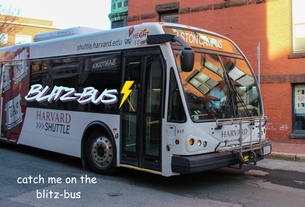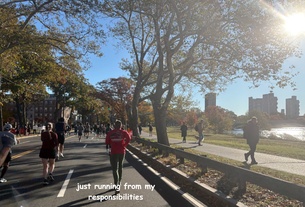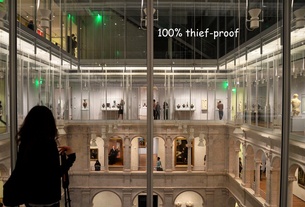And while groups such as Our Harvard Can Do Better, CAARE, and OSAPR bring up these common overarching themes as concerns when dealing with sexual assault, some say that a wide range of cultural forces that often have little or nothing to do with alcohol and social clubs factor into this situation.
Jennifer A. Sheehy-Skeffington, a Sexual Assault and Sexual Harassment tutor in Winthrop House, pointed out the danger in isolating the different factors contributing to sexual violence. She said that, in her own experience as a SASH tutor, issues involving sexual assault combined with alcohol use or Harvard’s social scene do not typically come up.
“The most common thing to come up in my role as a tutor is just issues of blurred boundaries and the legitimacy of feeling uncomfortable about something that doesn't necessarily fit a category of sexual assault or sexual harassment,” Sheehy-Skeffington said.
The complications she described point to the continuing difficulties in dealing with what she described as a “continuum” of cultural factors, a problem that many are combating by increasing awareness.
CLIMATE CHANGE
Earlier this May, Winthrop SASH tutors took over their house's dining hall during dinner and passed out a survey asking students to report expectations they had about their own social lives. Included were questions ranging from opinions on the definition of “sleazy” to the number of sexual partners a student would like him or herself to have had before finding a lifelong partner.
“For that whole dinner, everyone was discussing all of these issues and debating them,” Sheehy-Skeffington said. “The aim was less to see the results and gather information than to start those conversations.”
Through these discussions, peer counselors and faculty and staff members involved in sexual assault awareness hope to educate members of the Harvard community about the cultural components of attitude toward sexual assault.
With regard to education, Anaya emphasized two main solutions: changing the casual way we use language associated with sexual violence and employing the practice of bystander intervention as a community.
“Once you get the ball rolling, this is a topic that people quickly realize is something that they can be a part of changing,” Anaya said.
{shortcode-eb07a55f1a31785744b1db105e54d652dc9766e3}
Even the people tasked with advising students may not be aware of best practices, Sheehy-Skeffington explained.
“My experience, and anecdotally, is that people will come [and] talk to the tutor that they know best about these issues, and that won’t necessarily be the SASH tutor,” she said. “ The tutor they talk to needs to be trained in how to respond to that issue, and they're currently not.”
While no one interviewed for this story claims that the task at hand is an easy one, students, staff, and administrators still express optimism at the prospect of a shift in the cultural environment around sexual assault awareness.
And culture-oriented measures are already going into effect. In addition to exercises such as the one in Winthrop, each male final club participated in bystander intervention training this year with OSAPR, according to Oeser.


